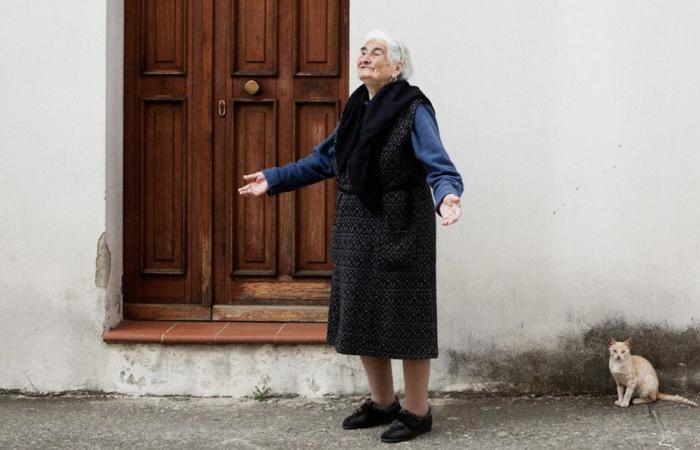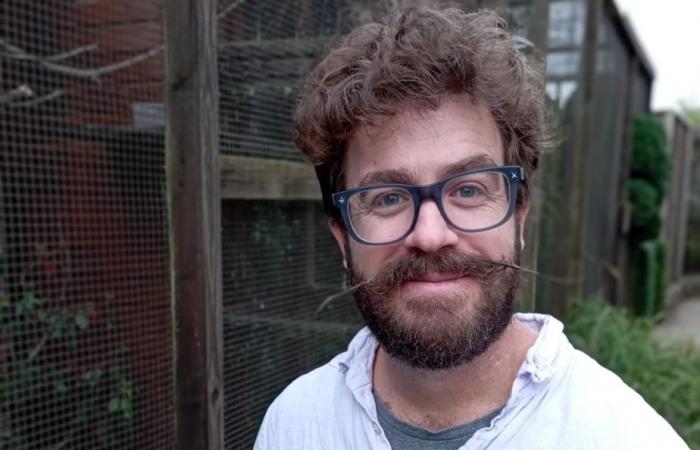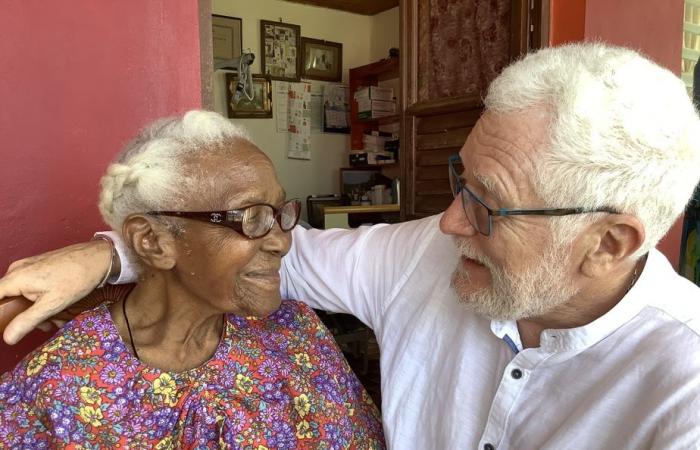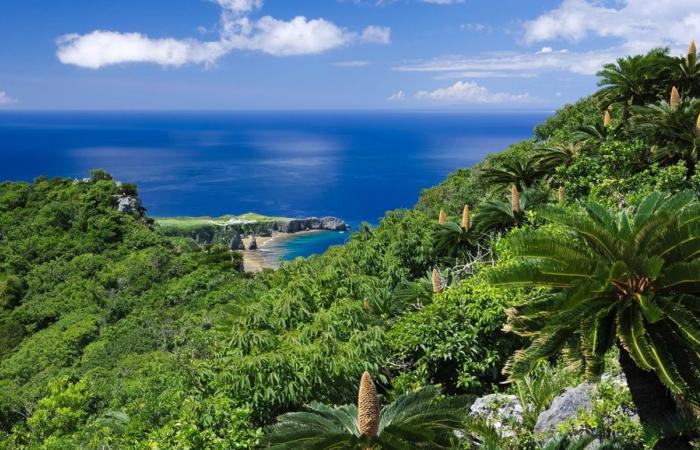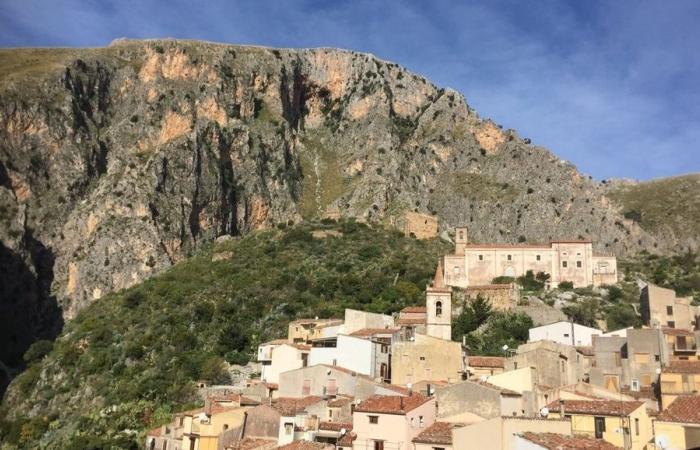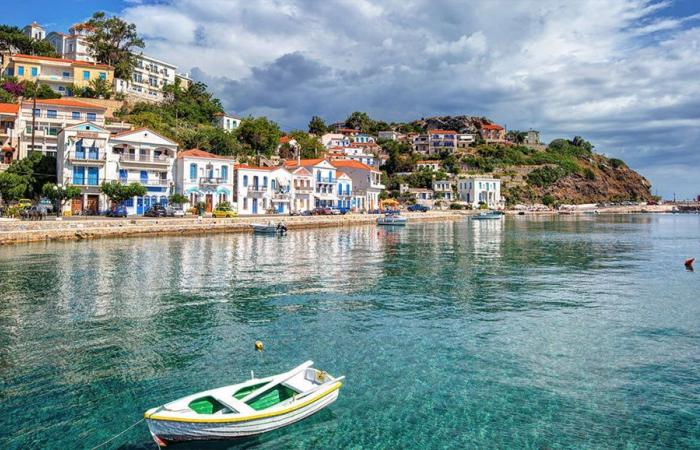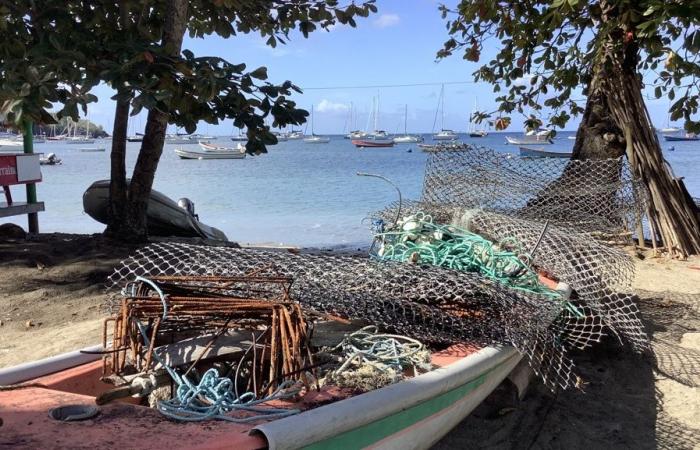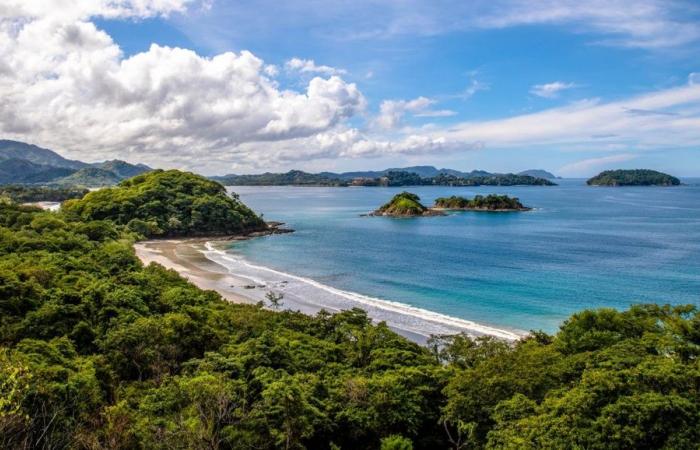Much has been said about the “blue zones”, these places where people live longer. They were even the subject of a series on Netflix (100 years of plenitude: the secrets of the blue zones). A British researcher, however, questions their legitimacy. Is he right?
Published at 5:00 a.m.
The mountains of Sardinia, Okinawa in Japan, Loma Linda in the United States, Nicoya in eastern Costa Rica, the Greek island of Ikaria in the Aegean Sea.
These five places, which are considered “blue zones”, have an exceptional number of centenarians. But according to Saul Newman, a biologist at the University of Oxford, these are more likely to be hot spots for fraud and civil status errors.
“These places were identified without considering the possibility that the centenarians had assumed the identity of an older person, or, indeed, that there were problems with the birth certificates,” explains Mr. Newman , winner of the Ig Nobel Prize for “improbable research” for his efforts.
Mr Newman cites as examples the high crime and suicide rates in Sardinia, widespread smoking in Ikaria and poor eating habits in Okinawa.
PHOTO PROVIDED BY SAUL NEWMAN
Saul Newman
It is very easy to make administrative errors regarding a person’s identity or date of birth. We also know that in Italy, there are many cases of deaths that are hidden so that pension checks continue to come in.
Saul Newman, biologist at the University of Oxford
In Okinawa, most birth certificates were destroyed during World War II. The American occupation authorities then recreated these documents, according to residents’ recollections. “It’s very unreliable,” notes Mr. Newman.
Five blue zones… or two?
Journalist and businessman Dan Buettner, who founded a consulting firm based on the blue zone concept, is not giving interviews about Mr. Newman’s criticism.
But five specialists in the identification of centenarians, interviewed by The Pressattack Mr. Newman’s approach, even if they admit that he is sometimes right.
“Newman has been seeking to publish his study for four years,” explains demographer Michel Poulain, of the Catholic University of Louvain, Belgium, who, with epidemiologist Giovanni Pes, of the University of Sassari, first used times the term “blue zone” to describe half a dozen villages in the center of the island of Sardinia.
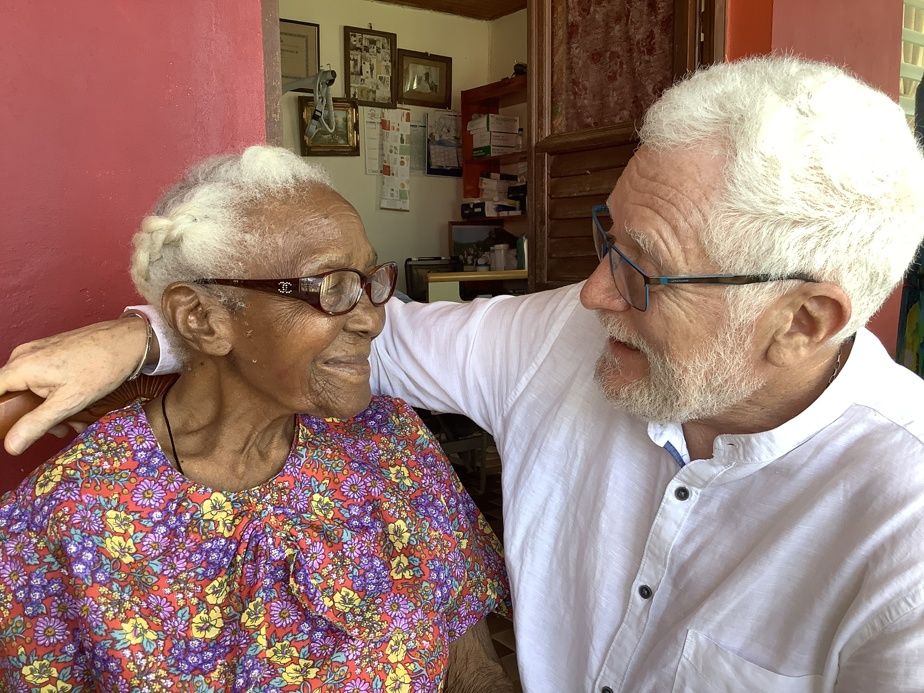
PHOTO TAKEN FROM MICHEL POULAIN’S RESEARCH SITE
Michel Poulain with Martinican centenarian Leonise d’Anse d’Arlet
Mr. Poulain set up a scientific research site on blue zones, separate from that of Mr. Buettner.
Mr. Poulain believes that there are only two blue zones in the world, in Sardinia and Martinique. “In Okinawa, there is the problem of reliability of civil records, and also the abandonment of the traditional Okinawan diet for that of the United States, for those who grew up after 1945. In Nicoya, there is a change in the harmful eating habits which ensure that longevity is no longer exceptional. And I haven’t been to Ikaria recently to validate that it is indeed a blue zone. »
As for Loma Linda, a remote suburb of Los Angeles, the presence of an Adventist university explains its inclusion.
Religious communities are known to have extreme longevity, but the lessons of their way of life are not applicable to the rest of the population.
Demographer Michel Poulain, from the Catholic University of Louvain, Belgium
The verification in Sardinia was exhaustive, says the Dr Pes. “We made the family trees of entire villages,” he emphasizes. We thus detected that a person had been mixed with his sister who died at a young age, which made him 107 rather than 110 years old at his death. »
The Sardinian researcher believes that only Sardinia deserves the designation of blue zone, because he has not verified Mr. Poulain’s analyzes in Martinique and agrees with his analysis for Okinawa, Nicoya and Loma Linda. As for Icaria, the Dr Pes estimates that with only 8,000 inhabitants, the island is too sparsely populated to carry out statistical analyses.
-
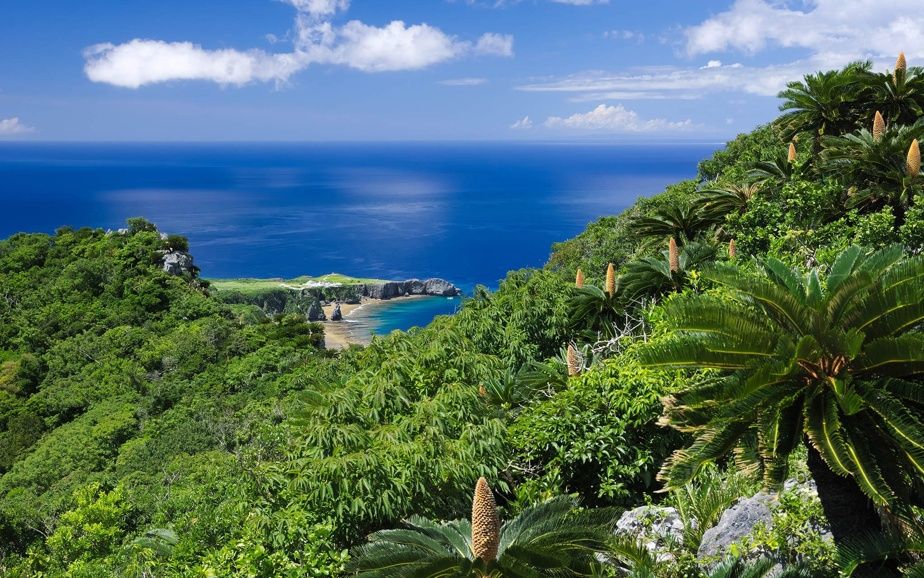
PHOTO TAKEN FROM MICHEL POULAIN’S RESEARCH SITE
People born before 1945 on the Japanese island of Okinawa are said to have exceptional longevity.
-
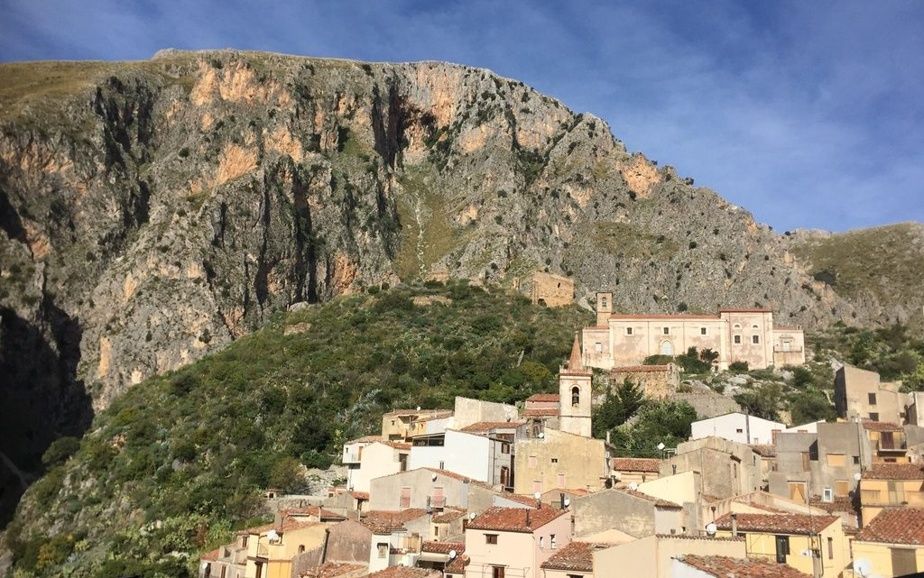
PHOTO TAKEN FROM MICHEL POULAIN’S RESEARCH SITE
A mountain village with exceptional longevity in Sardinia
-
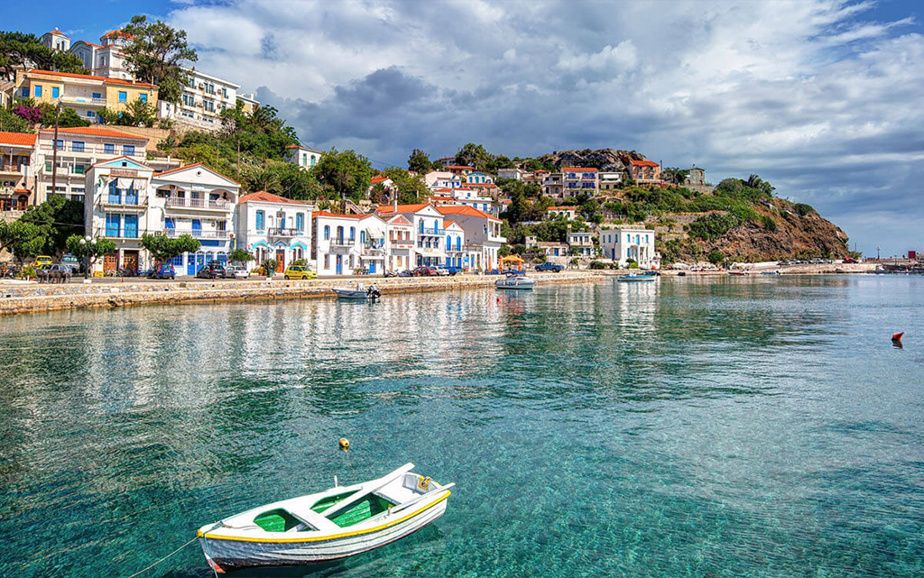
PHOTO TAKEN FROM MICHEL POULAIN’S RESEARCH SITE
The Greek island of Ikaria, near Turkey, was considered as a blue zone.
-
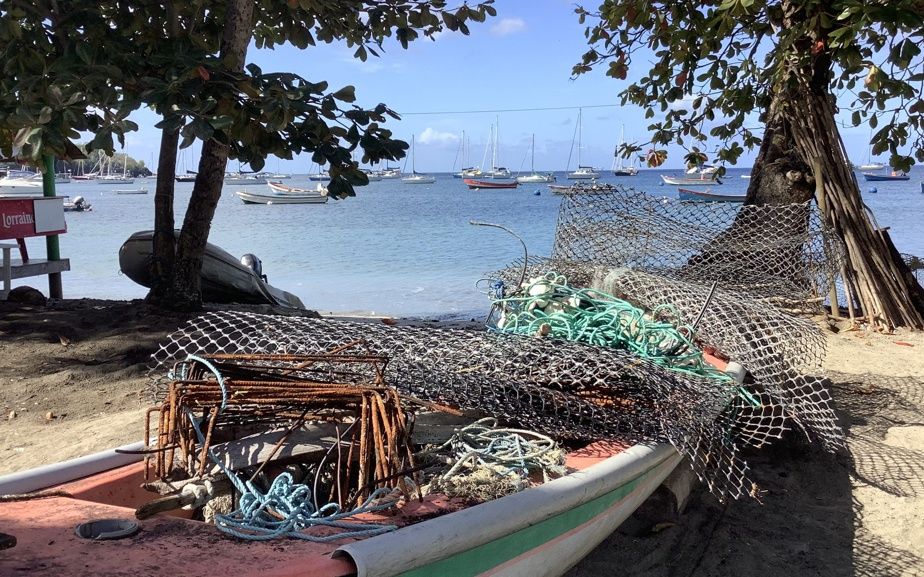
PHOTO TAKEN FROM MICHEL POULAIN’S RESEARCH SITE
Ethnic Martinicans are said to have exceptional longevity.
-

PHOTO TAKEN FROM THE COSTA RICA TOURIST OFFICE WEBSITE
People on Costa Rica’s Nicoya Peninsula previously had exceptional longevity, but lifestyle changes have undermined their health.
1/5
“Some years there are no centenarians in Ikaria. »
Difficult to prove
Verifying the real ages of the alleged centenarians is not easy to do, confirms demographer Bertrand Desjardins of the University of Montreal. “With immigration, we often have people who come from countries where birth certificates are less reliable. The media will report that a certain person is a hundred years old, but this is not verified. »
The demographer cites a well-known example: Georgia, where the former Soviet statesman Joseph Stalin came from. This region had an excellent reputation for longevity, but that was because middle-aged men exaggerated their age to avoid conscription.
Mr. Desjardins believes that Mr. Newman’s criticisms are too broad. “He ignores the seriousness of demographers’ analyses. »
Age limit and immigration
Mr. Newman, who also researches plant biology, always using statistical approaches, acknowledges that his study has not yet been accepted by a journal with a review committee (peer review). But he notes that two of his previous studies on exceptional longevity have been, in scientific journals PLoS Biology et F1000Research. In both cases, these were criticisms of statistical errors in previous studies modeling the theoretical limit of human longevity.
The field of centenarian study is also littered with less than credible allegations, he points out. “In the United States, the number of centenarians fell by half when a federal civil registration was introduced in 1910. And in Great Britain, the county with the most centenarians is very poor and has many immigrants from the Caribbean. We can imagine that there are more possibilities for civil registration errors 100 years ago on these islands. »
Towards biological measurements
To have an accurate picture of the regions with more centenarians in different countries around the world, Mr. Newman believes that biological measurements will be necessary. “This way, we will free ourselves from the risk of fraud or error in civil status, or substitution of people. »
The most promising method, he says, is “DNA methylation,” a degradation of human genetic material during life. Its inventor, Steve Horvath, of the University of California at Los Angeles, claims to have validated this “epigenetic clock” with centenarians and “supercentenarians”, who are over 110 years old.
“I find Newman’s work on blue zones very interesting,” comments Mr. Horvath. He specifies that his epigenetic clock can tell the difference between a 120-year-old and a 100-year-old, but not between a 120-year-old and a 115-year-old.
Mr. Newman also mentions two other methods for biologically calculating age: calculating the radioactive degradation of the eye’s lens, and a sophisticated analysis called “racemization” of the amino acids of teeth.
Watch the trailer for the Blue Zones series
Consult a database of centenarians whose ages have been verified by demographers
Learn more
-
- 107 ans
- Age at which the oldest Canadian born before 1861, Marie-Louise Plante, died in 1832
Source : Bertrand Desjardins
- 117 ans
- Age at which the oldest Canadian born after 1861, Marie-Louise Fébronie Meilleur, died in 1998
Source : Bertrand Desjardins

